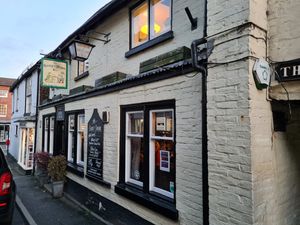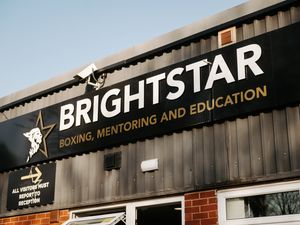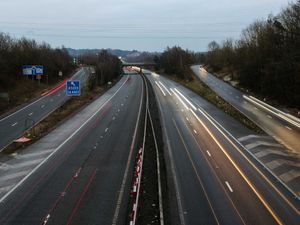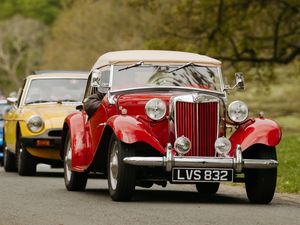In pictures: Final part of VC10 arrives at RAF Cosford
The final part of a VC10 aircraft which is to go on show at RAF Cosford has arrived at the base today.
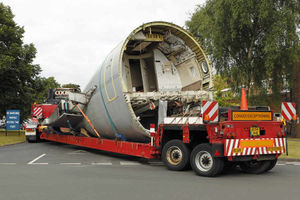
It will now take six weeks for the newly arrived tail cone to be attached and for the finishing touches to be applied.
The long-range British airliner called Bob will be on display at the RAF museum opposite RAF Cosford in Shropshire.
The delivery of the tail cone was not entirely plain-sailing however as its transporter was stuck for over an hour just outside the museum after a hydraulics failure.
The dismantling of the aircraft began in September 2014 before the process of moving its parts to RAF Cosford began on June 21 this year.
Huge crowds were drawn as first the main fuselage and then the wings of the aircraft were transported through the streets of Bruntingthorpe and Shifnal.
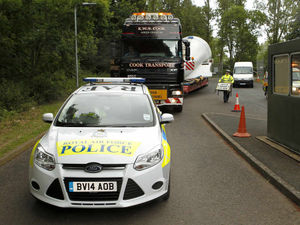
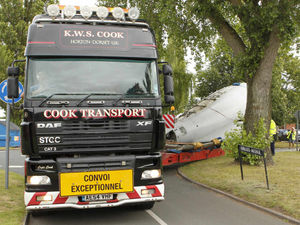
After entering the RAF in 1966 as part of an initial order of five VC10s for the RAF, this aircraft was to be used for VIP and Far East Routes.
After an initial period at RAF Fairford, it spent the next 46 years based at RAF Brize Norton.
Having travelled the world with No 10 Squadron including to Colombo, Calgary, Hong Kong, Gutersloh and Bahrain, the aircraft was transferred to No 101 Squadron in 2006.
As the number of VC10s began to dwindle, this specific aircraft led a special formation flight over seven UK RAF stations to mark 50 years of the VC10 and 95 years of 101 Squadron.
Ian Thirsk, head of collections at RAF Museum Cosford, said: "The BAC VC10 formed the mainstay of the RAF's long range strategic transport force for almost fifty years.
"For one aircraft type to have been in service for such a long period is remarkable in itself.
"However, when this is added to the variety of roles and worldwide scope of operations, it is clear this is a unique aircraft and it would not be possible to accurately portray the history of the RAF without an example of the type."


